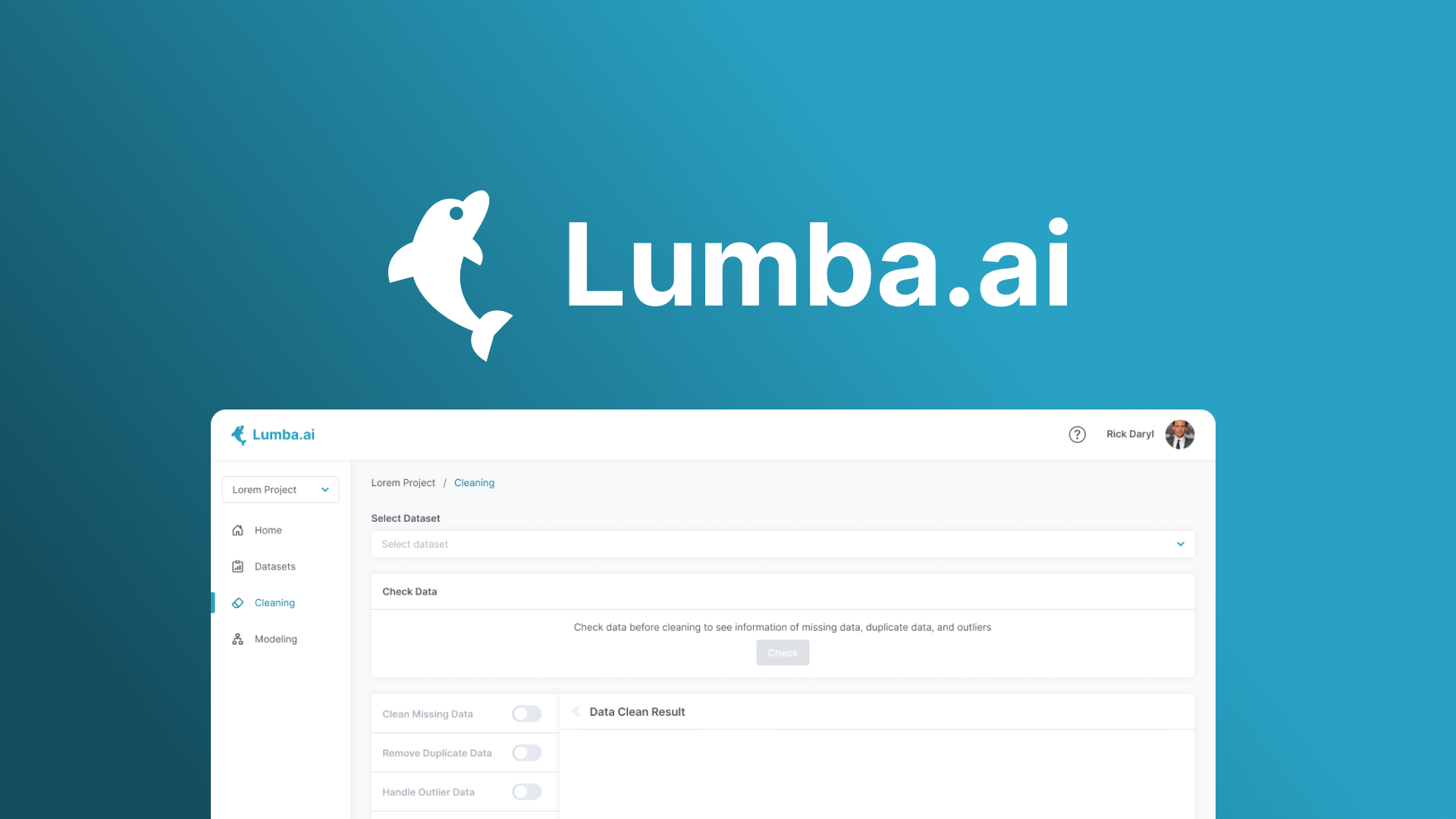Reyhan Ariq Syahalam 👋
Technical Product & IT Project Manager with cross-functional leadership across product, UX, and delivery. 4+ years building apps, games, and data-driven systems in edu-tech and enterprise.

Technical Product & IT Project Manager with cross-functional leadership across product, UX, and delivery. 4+ years building apps, games, and data-driven systems in edu-tech and enterprise.

At Paragon Technology & Innovation, managers relied heavily on data for almost every business decision. The problem was, they had to wait 2–5 working days for the data science team to prepare reports. By the time the analysis was ready, the decision window was already gone. It was like driving a car while always looking through the rear-view mirror. That frustration sparked the idea of LumbaAI: a tool that could bring the power of AI directly to managers’ hands, cutting the waiting time to almost nothing.
This project was not just an academic assignment. It was a real collaboration between Paragon and the Faculty of Computer Science, University of Indonesia. Our small team of six students had to deliver a working prototype under a strict timeline. The stakes were high—we wanted to prove that even a student-led initiative could solve an actual industry problem.
The real users were Paragon’s managers. They were professionals with strong business instincts, but they were stuck waiting for data scientists to run models and prepare reports. They didn’t want to write code, and they didn’t want to wait. They wanted a tool that was both powerful and simple.
My role was to stand in the middle. I acted as the Product Manager: collecting requirements from Paragon and professors, translating them into clear priorities, and keeping the team on track.
From the start, we knew the biggest problem was speed. We needed to build something that could generate forecasts instantly. But AI and machine learning are complex. There were too many algorithms to choose from, and our time and resources were limited. If we tried to do everything, we would fail to deliver anything.
We began with focus group discussions together with Paragon and academic supervisors. These sessions gave us a deep look into what the managers really needed: a no-code interface that could make AI accessible.
From there, I broke the requirements into user stories and epics, then into backlog items. Every week, we held sprint planning. I set priorities, estimated timelines, and the team picked tasks starting from the most urgent. We ran a hybrid model, combining Scrum for agility and Waterfall for fixed milestones.
The collaboration was intense but smooth. We used ClickUp for task tracking, Zoom and Discord for discussions, and WhatsApp for quick updates. Slowly, the prototype took shape: a tool where managers could create and use forecasting models instantly, without writing a single line of code.
The turning point came when we decided to cut down the complexity. Instead of trying to support multiple algorithms, we focused only on the one that gave the most accurate results for the MVP. That single choice saved the project. It allowed us to deliver a working prototype on time, and it showed stakeholders a real, usable product instead of just a half-baked experiment.
The result was LumbaAI: a prototype that turned data modeling from a process of 2–7 days into something almost instant. Managers could now create forecasting models through a simple interface and use them right away. The feedback from Paragon was encouraging—they were impressed with the speed and usability, even though they also pointed out that more features would be needed for real-world scale.
This project taught me more than just product management techniques. It showed me the importance of making choices under pressure, of focusing on what really matters, and of managing expectations between stakeholders and a small development team.
If I could do it again, I would involve Paragon’s internal data team more, since their knowledge could have guided us better. Still, the project gave me invaluable experience in solution fit exploration, stakeholder management, and translating AI/ML complexity into something managers could actually use.



